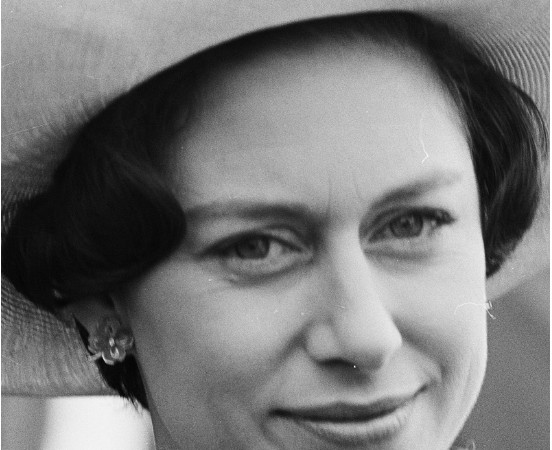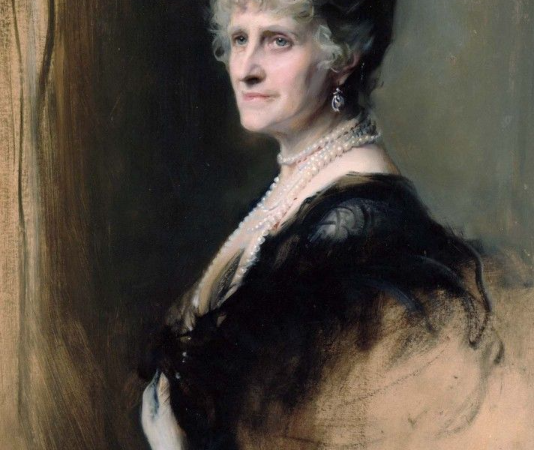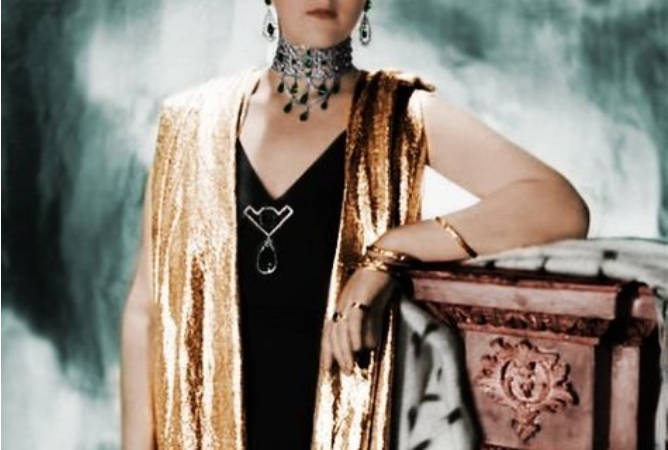Anna Petrovna – Everything You Need to Know

Anna Petrovna, aka Grand Duchess Anna Petrovna of Russia, was one of the fourteen children of Peter I of Russia. She was the oldest daughter, and out of 13 siblings, she was lucky to survive along with 2 of her siblings.
The life of Russia’s most fascinating woman has been the subject of books and articles since Anna Petrovna became empress. Anna Petrovna’s son, Peter III, was coronated as king. Still, his reign would be controversial at best- leading many people to question if he could ever live up to such a title given how much it satire on its face value even before any nefarious deeds were committed by him or anyone around him (which there sure enough).
The real Anna Petrovna still resonates through time because despite little evidence left behind other than letters which paint only glimpses into what kind of person might have led this exciting yet elusive life.
ALSO READ: All About Tessa Gräfin von Walderdorff Wife of Barron Hilton
Early Life
Anna Petrovna, the daughter of Emperor Peter I and Catherine I, became an important figure in Russian history. She is widely believed to have been born out of marriage, but there are no records that would confirm this fact due to her parent’s wedding soon after becoming husband/wife (around 1712).
Anna Petrovna, born on January 27, 1708, was a princess despite being out of wedlock and technically an illegitimate woman.

The interesting story behind the birth of this celebrated Russian noblewoman begins with her mother, who was not married at all when she gave birth to Anna’s twin sister Elizabeth. They later gave the pair their title.
Peter intended to marry his daughters off to gain more control over Europe and its people. This would give him power through marriage alliances which he could then use for trade routes into different markets across the continent or even launch invasions against neighboring countries if necessary-but. First things first.
The royal family needed some beauty treatments to make themselves look attractive enough so that potential suitors might take notice when they arrived at courtly functions looking shiny chrome fresh after riding their horses all day long through forests filled with wildlife galore just waiting patiently until someone noticed.
Anna Petrovna, the beautiful and kindhearted daughter of a Russian count, had mastered four languages (German, Swedish, Italian, and French) by age 18. She was considered especially shy compared to her sister, who was confident, loud, and extroverted.
ALSO READ: Who Was Marie-Luce Jamagne? Everything You Need to Know
Anna Petrovna Marriage
Karl Friedrich, a Sweden prince, was hoping to marry one of Peter’s daughters to regain Schleswig. But when he arrived at Russia’s capital city Moscow all hopes were shattered as Peter I declined to help. But Peter I accepted the Prince’s offer to marry the beautiful Anna Petrovna.
In November 1724, Anna Petrovna signed a marriage contract with Karl. In the agreement, she retained her Russian Orthodox religion, and it was agreed that if any daughters were born to them, they too would be raised as Russian Christians.
However, his son or grandsons could choose whichever faith he preferred.
When Anna’s son, Peter III, became Emperor of Russia after her death in 1762 due to a secret clause that reserved the right for him and any descendants from their marriage.
In 1613, Peter I proclaimed a succession decree that declared that any ruling Emperor could appoint an heir during their lifetime.
He died two months after Anna married Karl without naming a successor, and thus began one of the most tumultuous periods Russia had seen up until this point.
On his deathbed, he sent for Anna, and many believed they would name her heir. However, before this could happen, Peter, I died.
ALSO READ: Cecilia Bowes Lyon Countess of Strathmore and Kinghorne
Life in Kiel

Catherine the Great, empress of Russia for two years was well known to be a powerful woman. She granted her new son-in-law positions within both Supreme Privy Councils, where he had significant influence over Russian policy decisions making it seem like she didn’t need anyone else’s help but could do everything herself.
When Anna’s husband, the Duke of Holstein-Oldenburg, became an abusive alcoholic, she wrote her sister Elizabeth frequent letters regretting her marriage and explaining how much sadness it brought her life.
The duke spent most days wasted with degenerate friends or engaged in worthless activities while soaking wet from spilled wine – but even then, he wasn’t satisfied.
ALSO READ: Princess Cecilie of Greece and Denmark – What Happened to her?
Second Innings of Life and Death
On February 21, 1728, Anna Petrovna gave birth to a son in Kiel Castle. The newborn was named Carl , and from this point, he became known as Peter III of Russia.

When the young Duchess became ill with a puerperal fever after giving birth, few people thought she would survive. She clung on for dear life, hoping that her illness was temporary, but she died on March 4, 1728, at the young age of 20.
In memory of his wife Anna Petrovna, Karl Friedrich founded the Order of Saint Anna. This would become a Russian decoration, but it is still being determined what year this happened or who established it first.
ALSO READ: Princess Helena of The United Kingdom – Unknown Facts
It seems that before she died in 1728AD/After her death at some point between those two dates-Anna requested burial alongside her father back home near Petersburg, Russia, where he had been born and raised.
Anna Petrovna was buried on November 12, 1728, in the unfinished St Peter and St Paul Cathedral.





